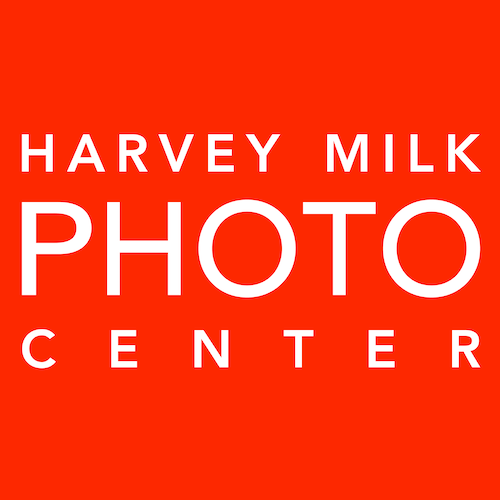David Johnson: Photographer of the Fillmore
David Johnson, a native of Jacksonville, Fla., was the first African American student of Ansel Adams. In Adams’ school he was advised to photograph his own neighborhood and document the faces and places with which he was most familiar. He subsequently became an important chronicler of black life in San Francisco in the middle part of the 20th century.
After his return to Jacksonville, Florida in 1946 from the US Navy, David Johnson was certain of one thing, and that was that he wanted to become a photographer. What was uncertain was where he would find the opportunity to study photography. He happened to read an article in Popular Photography that Ansel Adams was to become the Director of Photography at the California School of Fine Arts (now San Francisco Art Institute). Johnson immediately wrote to Mr. Adams seeking a spot in the first class. He mentioned that he was a Negro. Ansel sent him a telegram saying the class was filled, and that it did not matter that he was a Negro, but his name would be placed on the list in the event someone cancelled .Within a week he got another message indicating there was a place in the class. Johnson arrived in San Francisco in 1946 shortly after his 19th birthday. Minor White met him at the ferry building in San Francisco and they took the streetcar to the Ansel Adams’ house. He stayed there until he could find a place to live in the Fillmore District, the black section of the city,a place that would shape his future .
He didn’t realize then that the cultural and racial life of his past would drive much of his photographic career. All he needed was a tool to express what was inside. As one of his mentors, Life Magazine photographer, Gordon Parks said, “It’s a choice of weapons.” In many ways, the camera is a weapon that can document, influence, and empower through non-verbal communication . It can and has changed the world.
Johnson chose to focus his work on socially relevant issues facing urban communities, especially African American. After WWII, the Japanese were returning to the Western Addition, commonly referred to as The Fillmore District, where many African Americans had moved to during the war. Many came from the southern States to work in the war-related industries . It was here, in this mix of diversity and culture, that Johnson photographed . He shot numerous subjects, including social groups, politicians,musicians, other artists, visiting African dignitaries, student and religious leaders, and common city dwellers living their lives. This work set a solid foundation for his documentation of the Civil Rights movement of the 1950s and 60s, where he experienced a groundswell of creativity, capturing historic images of demonstrations and Civil Rights leaders, local and national.
Johnson spearheaded a photographic retrospective titled Lifestyles of African Americans in San Francisco in the 40s, 50s and 60s, held concurrently at the Fort Mason Center in San Francisco at the San Francisco African American Historical and Cultural Society . Lifestyles documented a community’s activities during a seminal era in California and national history.
Johnson ‘s work has been exhibited widely. In addition, his work has appeared on the cover of Black Scholar magazine and featured predominantly in San Francisco’s PBS television station, KQED documentary The Fillmore. Achievements and highlights of Johnson ‘s career include a Public Service Award from the University of California for work in the Haight Ashbury Community and Affirmative Action for Women and Minorities, To Tell a Story Through Griot (French for W. African musician entertainers) Eyes, and KQED Television’s Common Ground: Reflections of Rabbit in the Moon, The Eye of the Lens – Bay Area Black Photographers exhibit,and A Black Man in America.
David Johnson was a pioneer as a photographer in the community. His name is etched in concrete at the Fillmore Plaza, Fillmore and O’Farrell Streets. It states: David Johnson, photographer and photojournalist. He studied with Ansel Adams .
Ibid. Smith Anderson North – Respective Artists 2008
Exhibit: David Johnson Photography Retrospective
Exhibit Curators: David J Christensen, Director, Harvey Milk Photo Center and Susanna Lucia Lamaina
Opening Reception: Saturday, September 6, 1–4p.m.
Dates: September 6 – October 19
Locations: Harvey Milk Photo Center, 50 Scott St.
Viewing hours: Tues-Thursday, 4-8 p.m., Sat & Sunday noon–4:30 p.m.
